Australia fires: A visual guide to the bushfire crisis
- Published

Record-breaking temperatures and months of severe drought have fuelled a series of massive bushfires across Australia.
Although recent cooler conditions and rain have brought some respite, more than 50 fires are still burning in the states of New South Wales and Victoria.
Hot and windy conditions are forecast to return to many parts of New South Wales this weekend and authorities in the Australian Capital Territory (ACT) have declared a state of emergency as massive bushfires rage south of Canberra.
At least 33 people have been killed - including four firefighters - and more than 11 million hectares (110,000 sq km or 27.2 million acres) of bush, forest and parks across Australia has burned.

Sorry, your browser cannot display this map
New South Wales and Victoria have been worst affected
In the worst-hit state, New South Wales (NSW), fire has affected more than five million hectares, destroying more than 2,000 houses and forcing thousands to seek shelter elsewhere.
More than 1,600 firefighters are currently working to slow the spread of fires and shore up containment lines, the NSW Rural Fire Service says.


Fires have raged near the Australian capital Canberra for weeks - at one stage shutting the city's airport as flames approached the perimeter.
On Friday, the worst blaze was just south of the district of Tuggeranong, a 20-minute drive south of Parliament House.
Fears are growing that the rising temperatures and strong winds could make the fire uncontrollable. But the NSW Rural Fire Service says it expects most of the flames to spread south east.
The State of Emergency declared in Canberra gives extra power and resources to fire authorities, allowing them to force evacuations if necessary.


Victoria, where fires have burned 1.2 million hectares, extended a "state of disaster" for the worst-hit areas from 2 to 11 January.
Some blazes are still burning in the state and there are emergency warnings are in place.
The military has sent troops, ships and aircraft to the region to help relocation and firefighting efforts. Three people - including one firefighter - have died as a result of the fires.

South Australia has also suffered
Two people and an estimated 25,000 koalas were killed when flames devastated Kangaroo Island in the state of South Australia on 9 January.
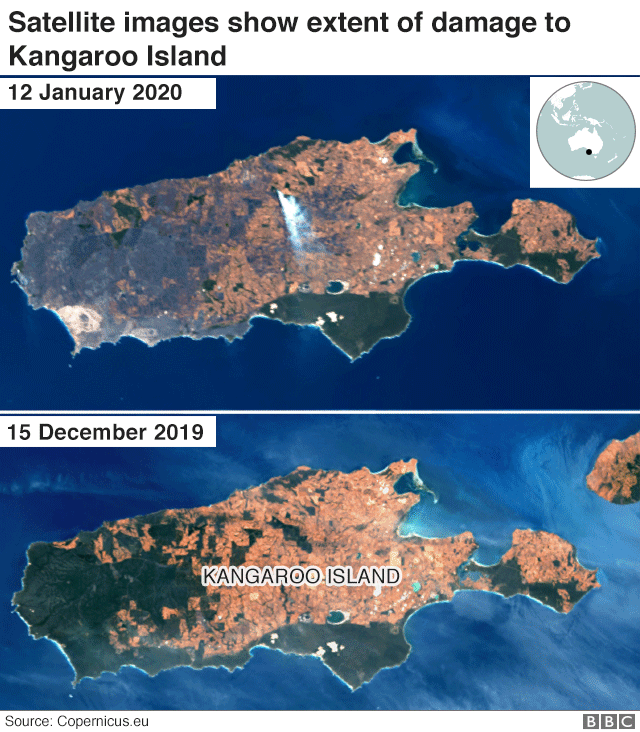
The island is renowned for its unique mix of animal species - and there are fears it may never recover.
Experts have expressed concerns over the survival of endangered species on the island, external which include the dunnart - a mouse-like marsupial - and the black glossy cockatoo.
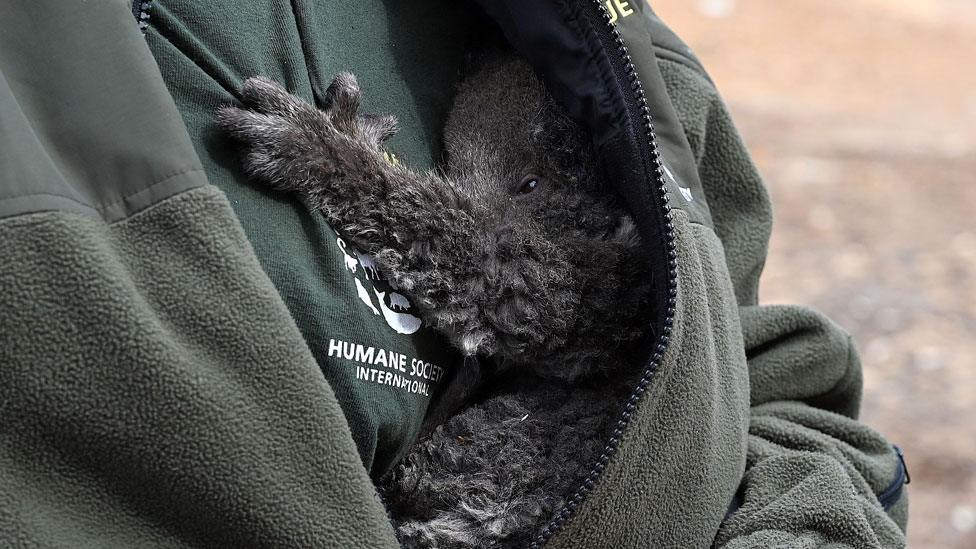
Tens of thousands of farm animals, mainly sheep, were also killed in the fire on the island.
Videos posted on social media showed efforts to rescue koalas which survived the blazes.
Allow X content?
This article contains content provided by X. We ask for your permission before anything is loaded, as they may be using cookies and other technologies. You may want to read X’s cookie policy, external and privacy policy, external before accepting. To view this content choose ‘accept and continue’.
Elsewhere in South Australia, the Cudlee Creek fire is reported to have destroyed more than 80 homes in the Adelaide Hills region in late December.
Fires are also thought to have destroyed up to a third of the vines that provide grapes for the Adelaide Hills wine industry.

Smoke from fires has become a major hazard
Canberra has seen some of the worst smoke pollution, with air quality rated the third worst of all major global cities on 3 January, according to Swiss-based group AirVisual.

Satellite images from 4 January showed the spread of smoke from fires in Victoria and NSW, which has affected air quality as far away as New Zealand.
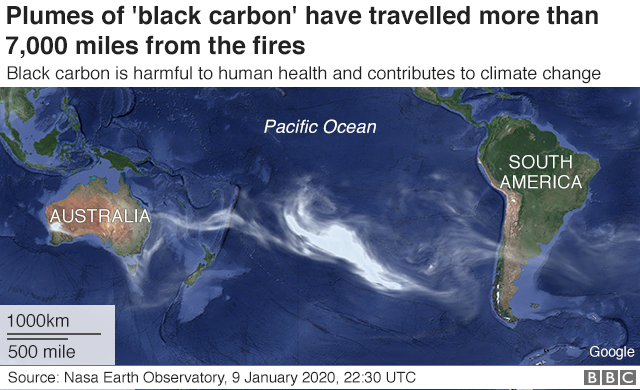

The fires have been worse than usual
Although Australia has always had bushfires, this season has been worse than usual.
The amount of land affected across the country - more than 10 million hectares - is now comparable to England's land area of 13 million hectares.

Humans are sometimes to blame for starting the fires, but they are also often sparked by natural causes, such as lightning striking dry vegetation.
Once fires have started, other areas are at risk, with embers blown by the wind causing blazes to spread to new areas.
Bush fires themselves can also drive thunderstorms, increasing the risk of lightning strikes and further fires.
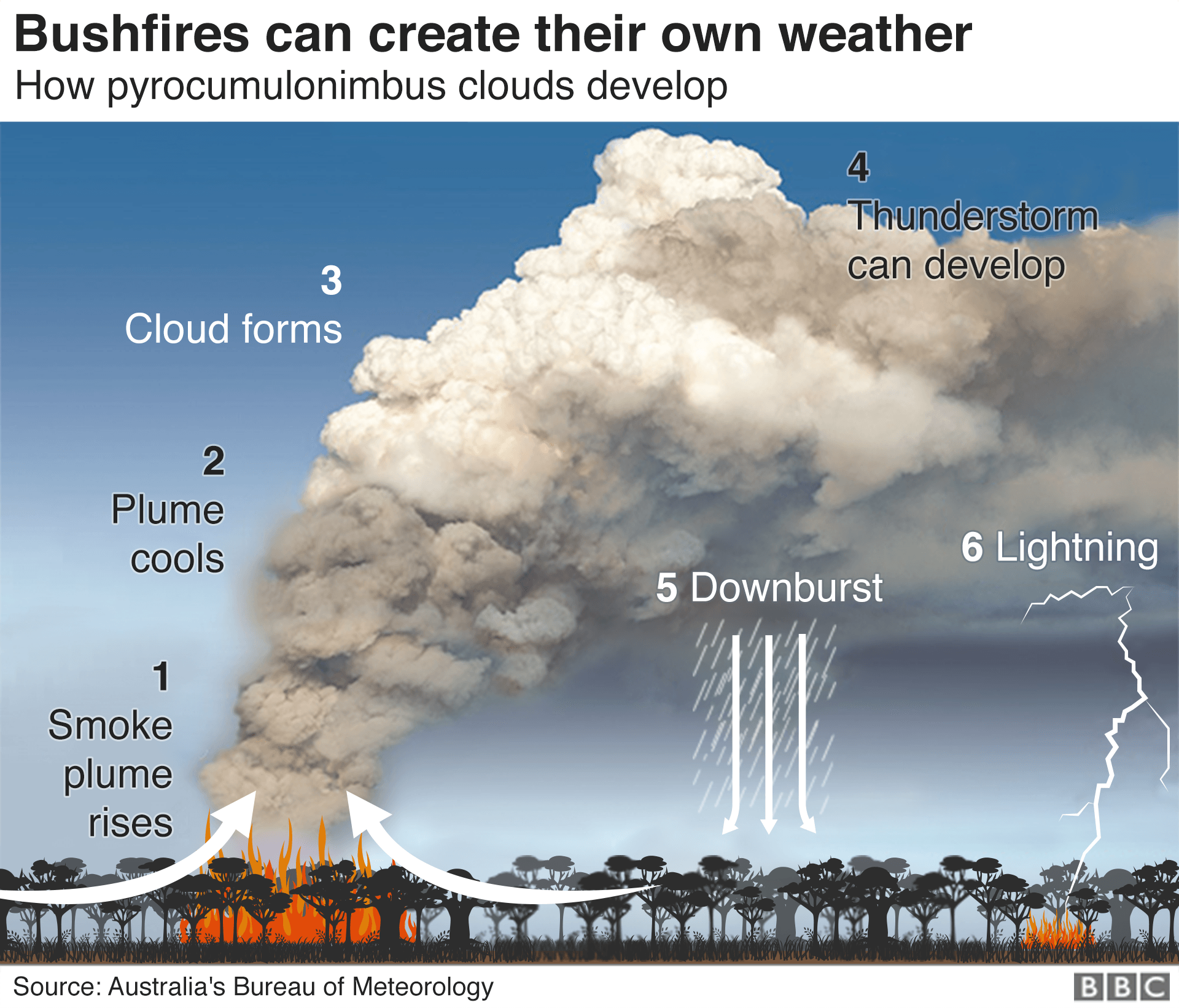
The number of people killed as a result of the fires since September 2019 is higher than in recent years.
Australia's deadliest bushfire disaster was "Black Saturday" in February 2009, when some 180 people died in Victoria.
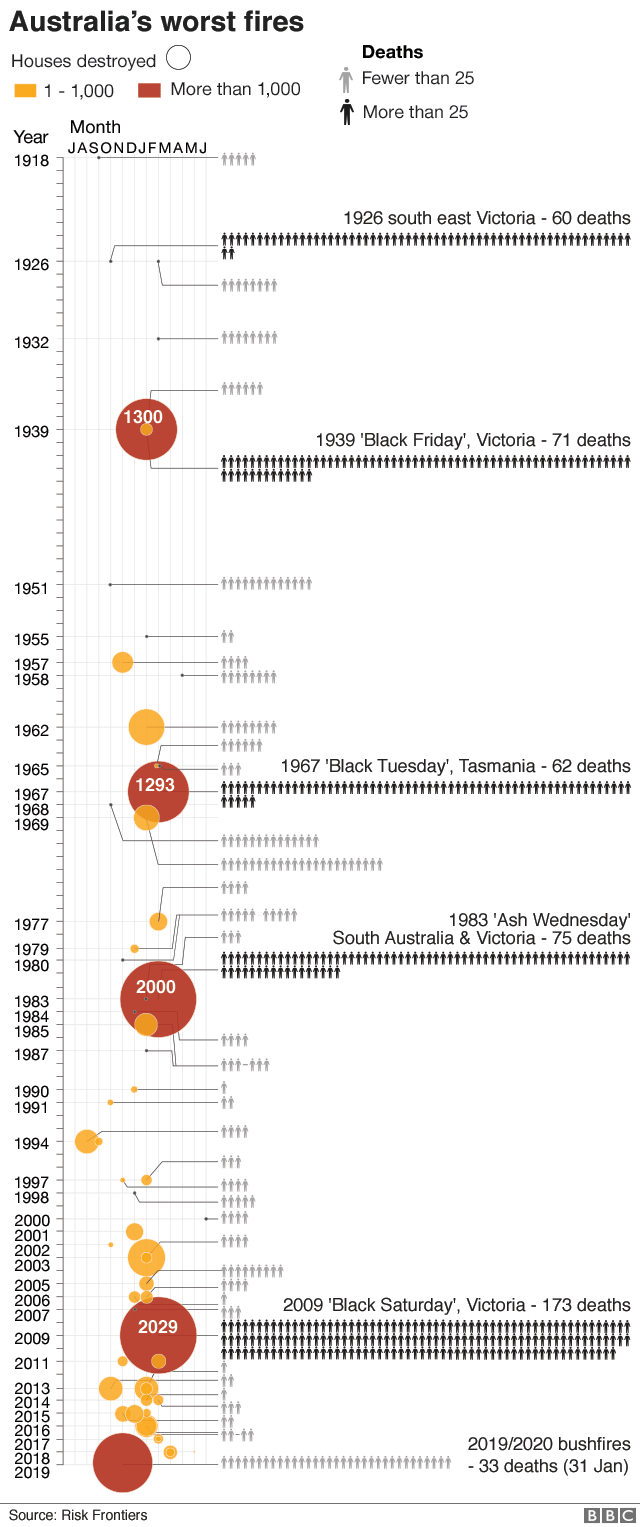

Clarification 10th May 2021: Australia's biggest fire occurred Dec 1974-Jan 1975 in western New South Wales and across the states and Northern Territory, when 15% of the country was burned. As we were unable to establish a confirmed death toll for these fires, they were not included in this graphic.
If there is a serious risk of fire reaching homes or properties, authorities urge people to leave in good time as fire can travel fast - faster than most people can run.


So is this down to climate change?
Many Australians are asking that very question - but the science is complicated.
Scientists have long warned that a hotter, drier climate will contribute to fires becoming more frequent and more intense. Many parts of Australia have been in drought conditions, some for years, which has made it easier for the fires to spread and grow.
Data shows that Australia has warmed overall by slightly more than one degree Celsius since 1910, with most of the heating occurring since 1950, the Bureau of Meteorology says.


Australia broke its all-time temperature record twice in December. An average maximum of 40.9C was recorded on 17 December, broken a day later by 41.9C, both beating 2013's record of 40.3C.
By the end of the month every state had measured temperatures above 40C - including Tasmania, which is usually much cooler than the mainland.



A climate phenomenon is behind the heatwave
The main climate driver behind the heat has been a positive Indian Ocean Dipole (IOD) - an event where sea surface temperatures are warmer in the western half of the ocean, cooler in the east.
The difference between the two temperatures is currently the strongest in 60 years.
As a result, there has been higher-than-average rainfall and floods in eastern Africa and droughts in south-east Asia and Australia.
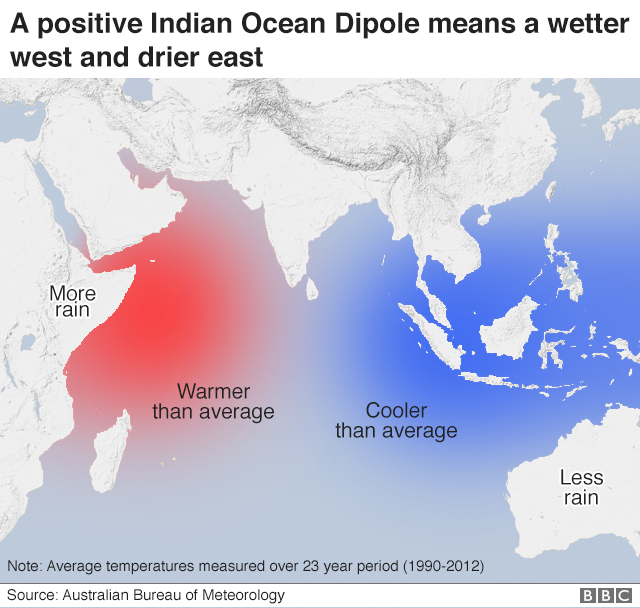

Andrew Watkins, head of long-range forecasts at the bureau, said the dipole was crucial to understanding the heatwave.
"The key culprit of our current and expected conditions is one of the strongest positive Indian Ocean dipole events on record," he says.
"A positive IOD means we have cooler than average water pooling off Indonesia, and this means we see less rain-bearing weather systems, and warmer than average temperatures for large parts of the country."
And meteorologists warn that, for the moment, the intense weather and elevated fire risk in Australia is set to continue.